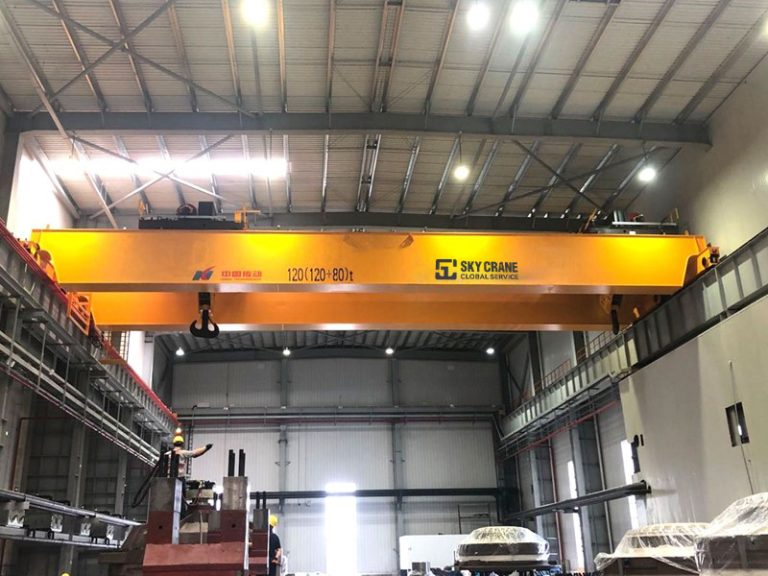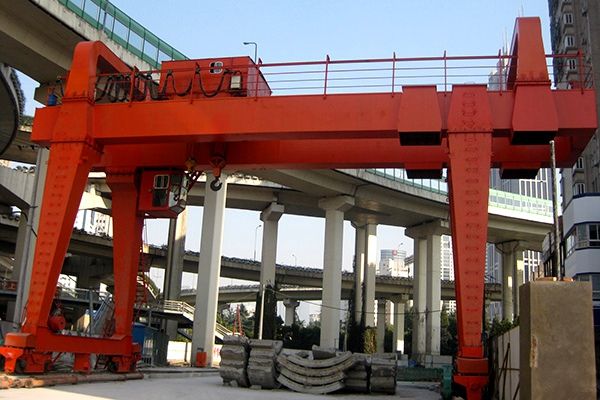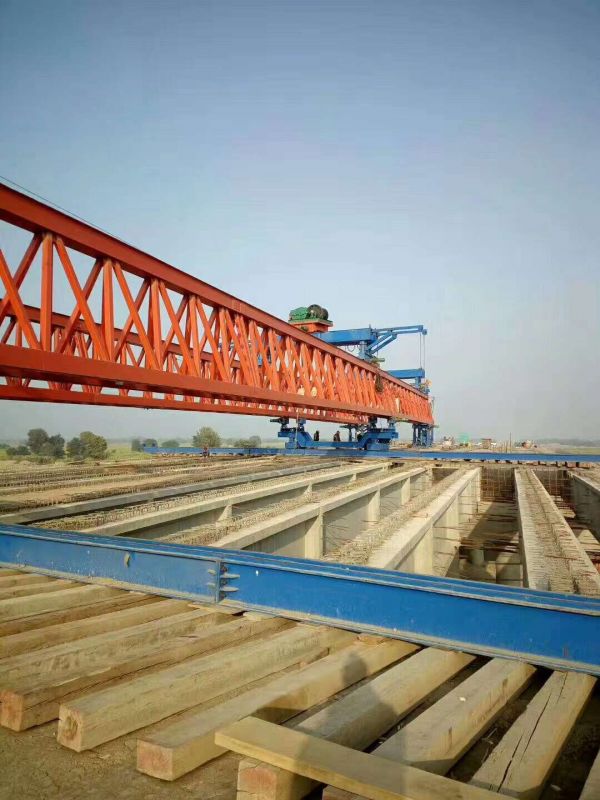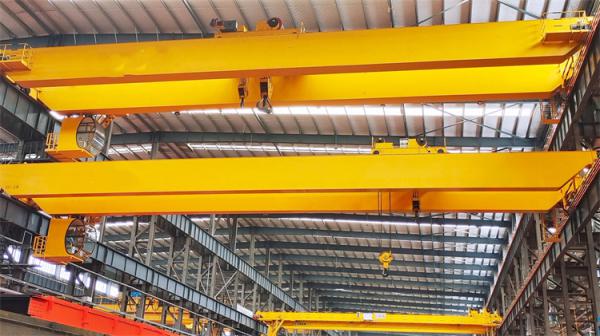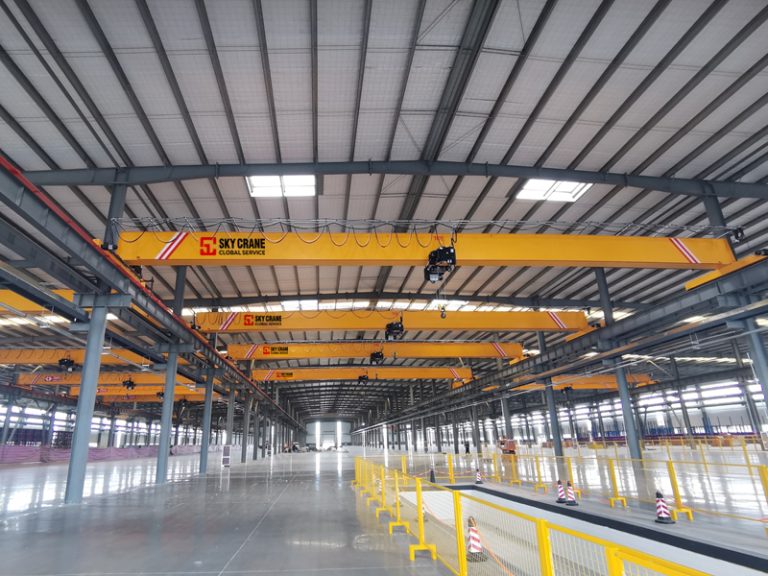Table of Contents
Melemo ea ho Sebelisa Thepa e Phahamisang ea Boleng bo Phahameng Bakeng sa Ts’ebetso ea Boema-kepe
Likarolo tse ka Holimo-limo tseo u ka li Batlang ho Lisebelisoa tsa ho Phahamisa ho Tsoa Fekthering e Ntle ea Machaena
Ha ho tluoa tabeng ea ho phahamisa lisebelisoa tsa boema-kepe, ho fumana fektheri e ntle ka ho fetisisa ea Chaena ho ka etsa phapang ho netefatsa ts’ebetso, polokeho le ts’epo. Ka tlhokahalo e ntseng e hola ea lisebelisoa tsa boleng bo holimo indastering ea maoatle, ho bohlokoa ho tseba hore na ke likarolo life tseo u lokelang ho li sheba ha u khetha mofani oa thepa. Sehloohong sena, re tla tšohla lintlha tse ka sehloohong tse lokelang ho nahanoa ha u khetha lisebelisoa tsa ho phahamisa ho tloha fekthering e ntle ka ho fetisisa ea Sechaena.
E ‘ngoe ea likarolo tsa bohlokoa ka ho fetisisa tseo u lokelang ho li sheba ha u phahamisa thepa ke nako e telele. Boema-kepe ke libaka tse nang le sephethephethe se phahameng se nang le meroalo e boima e ntseng e phahamisoa le ho tsamaisoa khafetsa. Ka hona, ho bohlokoa ho khetha lisebelisoa tse ka mamellang ho senyeha ha tšebeliso ea letsatsi le letsatsi. Lifektheri tse molemo ka ho fetisisa tsa Chaena li sebelisa thepa ea boleng bo phahameng le mekhoa e tsoetseng pele ea ho etsa lihlahisoa ho hlahisa lisebelisoa tsa ho phahamisa nako e telele tse ka sebetsanang le litlhoko tsa tikoloho e phetheselang ea boema-kepe.
Ntho e ‘ngoe ea bohlokoa eo u ka e nahanang ke polokeho. Lisebelisoa tsa ho phahamisa li ka ba kotsi haeba li sa sebelisoe hantle kapa haeba li sa sebetse hantle. Lifeme tse hloahloa tsa Machaena li etelletsa polokeho pele mekhoeng ea tsona ea moralo le tlhahiso, ho netefatsa hore lisebelisoa tsa tsona li kopana kapa li feta litekanyetso tsa polokeho ea indasteri. Batla likarolo tse joalo ka ts’ireletso ea boima bo feteletseng, likonopo tsa ho emisa ts’ohanyetso, le balebeli ho fokotsa kotsi ea likotsi le likotsi.
Palo

Lebitso la Lihlahisoa
| LX mochini o emisang oa motlakase | Terene – e kentsoeng Gantry Crane |
| 1 | Crene ea mofuta oa Europe |
| 2 | Korene ea boema-kepe |
| 3 | Qetellong, ha u khetha lisebelisoa tsa ho phahamisa likou ho tsoa fekthering e ntle ka ho fetisisa ea China, ho bohlokoa ho nahana ka likarolo tse joalo ka ho tšoarella, polokeho, ts’ebetso, ho tenyetseha le botumo. Ka ho khetha lisebelisoa tse fihlelang litekanyetso tsena, u ka etsa bonnete ba hore ts’ebetso ea hau e tsamaea hantle, ka mokhoa o sireletsehileng le ka katleho. Iphe nako ea ho etsa lipatlisiso le ho bapisa lifeme tse fapaneng tsa Machaena ho fumana tse kopanang hantle le litlhoko le litlhoko tsa hau. Ka lisebelisoa tse nepahetseng tsa ho phahamisa, o ka ntlafatsa ts’ebetso ea hau ea boema-kepe ‘me oa lula ka pele ho tlholisano. |
| 4 | Mokhoa oa ho Boloka le ho Eketsa Nako ea Bophelo ea Lisebelisoa tsa Phahamisa ka nepo ho Litlhophiso tsa Boema-kepe |
Thepa ea ho phahamisa e bapala karolo ea bohlokoa ts’ebetsong ea likou, ho thusa ho tsamaisa thepa e boima ho tloha likepeng ho ea naheng le ka tsela e fapaneng. Ho etsa bonnete ba hore mechine ena e sebetsa hantle le ho lelefatsa bophelo ba eona, ho hlokahala tlhokomelo e nepahetseng. Sehloohong sena, re tla tšohla mekhoa e meng ea bohlokoa ea tlhokomelo e ka thusang ho boloka lisebelisoa tsa ho phahamisa li le boemong bo holimo libakeng tsa boema-kepe.
Ho hlahlojoa khafetsa ke mohato oa pele oa ho boloka thepa ea ho phahamisa. Litlhahlobo li lokela ho etsoa ke litsebi tse koetlisitsoeng tse ka tsebang ho tseba mathata leha e le afe a ka ’nang a hlaha pele a e-ba mathata a maholo. Litlhahlobo tsena li lokela ho akaretsa likarolo tsohle tsa lisebelisoa, ho kenyeletsoa likhoele, lihoko le li-control. Matšoao leha e le afe a ho senyeha a lokela ho sebetsanoa hang-hang ho thibela likotsi le nako ea ho theoha.
Ho phaella tlhahlobong ea kamehla, ho bohlokoa ho latela kemiso e tiileng ea tlhokomelo ea thepa ea ho phahamisa. Kemiso ena e lokela ho kenyelletsa mesebetsi e kang ho tlotsa likarolo tse tsamaeang, ho hlahloba boemo ba mokelikeli le ho nkela lintho tse tsofetseng sebakeng sa tsona. Ka ho latela kemiso ea tlhokomelo, basebetsi ba likepe ba ka thibela ho senyeha ho sa lebelloang le ho netefatsa hore thepa ea bona e lula e loketse ho sebelisoa.
Ntho e ‘ngoe ea bohlokoa ea ho boloka thepa ea ho phahamisa litlhophisong tsa boema-kepe ke koetliso. Basebelisi ba lokela ho koetlisoa ka mokhoa o nepahetseng mabapi le mokhoa oa ho sebelisa lisebelisoa ka mokhoa o sireletsehileng le ka bokhabane. Ba boetse ba lokela ho rutoa ka mokhoa oa ho bona litaba tse ka hlahang le ho li tlaleha ho basebetsi ba tlhokomelo. Ka ho tsetela ho koetliso ea basebetsi, likou li ka fokotsa kotsi ea likotsi le ho lelefatsa nako ea bophelo ea lisebelisoa tsa bona.
Ho boloka ka nepo le hona ho bohlokoa bakeng sa ho boloka thepa ea ho phahamisa. Ha e sa sebelisoe, lisebelisoa li lokela ho bolokoa sebakeng se hloekileng, se omeletseng ho thibela mafome le ho bola. Hape ke habohlokoa ho sireletsa lisebelisoa mochesong o feteletseng le mongobo, kaha tsena li ka potlakisa ho senyeha le ho taboha. Ka ho boloka thepa hantle, likou li ka eketsa nako ea bophelo ba mechine ea tsona ea ho phahamisa le ho fokotsa tlhokahalo ea ho lokisoa ho theko e boima.
Ho hloekisa kamehla ke mokhoa o mong oa bohlokoa oa tlhokomelo bakeng sa ho phahamisa thepa libakeng tsa boema-kepe. Lerōle, litšila le lithōle li ka bokellana holim’a lisebelisoa ha nako e ntse e ea, e leng se lebisang mathateng a tshebetso le ho senyeha ho ka bang teng. Ka ho hloekisa lisebelisoa khafetsa, likou li ka thibela litaba tsena le ho netefatsa hore mechini ea tsona e sebetsa hantle. Ho hloekisa ho lokela ho etsoa ho sebelisoa lisebelisoa le mekhoa e nepahetseng ea ho qoba ho senya likarolo tse hlokolosi.
Qetellong, ke habohlokoa ho boloka litlaleho tse qaqileng tsa mesebetsi ea tlhokomelo bakeng sa thepa ea ho phahamisa thepa. Lirekoto tsena li lokela ho kenyelletsa litlaleho tsa tlhahlobo, linako tsa tlhokomelo, le tokiso efe kapa efe e entsoeng. Ka ho boloka litlaleho tse nepahetseng, likou li ka latela boemo ba thepa ea tsona le ho tseba mekhoa leha e le efe e ka bontšang tlhokahalo ea tlhokomelo e eketsehileng. Tlhahisoleseding ena e ka boela ea ba molemo bakeng sa merero ea lichelete le bakeng sa ho rera mesebetsi ea nakong e tlang ea tokiso.
Qetellong, tlhokomelo e nepahetseng ke ea bohlokoa bakeng sa ho atolosa nako ea bophelo ea lisebelisoa tsa ho phahamisa litlhophisong tsa boema-kepe. Ka ho etsa tlhahlobo ea kamehla, ho latela kemiso ea tlhokomelo, ho fana ka koetliso bakeng sa basebetsi, ho boloka lisebelisoa hantle, ho hloekisa kamehla, le ho boloka litlaleho tse qaqileng, likou li ka etsa bonnete ba hore mechine ea tsona ea ho phahamisa e sebetsa hantle le ka mokhoa o sireletsehileng. Ka ho tsetela tlhokomelong, likou li ka fokotsa kotsi ea likotsi, tsa fokotsa nako, le ho lelefatsa bophelo ba lisebelisoa tsa tsona.
How to Properly Maintain and Extend the Lifespan of Lifting Equipment in Port Settings
Lifting equipment plays a crucial role in the operations of ports, facilitating the movement of heavy cargo from ships to land and vice versa. To ensure the smooth functioning of these machines and to extend their lifespan, proper maintenance is essential. In this article, we will discuss some key maintenance practices that can help keep lifting equipment in top condition in port settings.
Regular inspections are the first step in maintaining lifting equipment. Inspections should be conducted by trained professionals who can identify any potential issues before they escalate into major problems. These inspections should cover all components of the equipment, including the cables, hooks, and controls. Any signs of wear and tear should be addressed promptly to prevent accidents and downtime.
In addition to regular inspections, it is important to follow a strict maintenance schedule for lifting equipment. This schedule should include tasks such as lubricating moving parts, checking fluid levels, and replacing worn-out components. By following a maintenance schedule, port operators can prevent unexpected breakdowns and ensure that their equipment is always ready for use.
Another important aspect of maintaining lifting equipment in port settings is training. Operators should be properly trained on how to use the equipment safely and efficiently. They should also be educated on how to spot potential issues and report them to maintenance personnel. By investing in training for operators, ports can reduce the risk of accidents and prolong the lifespan of their equipment.
Proper storage is also crucial for maintaining lifting equipment. When not in use, equipment should be stored in a clean, dry environment to prevent rust and corrosion. It is also important to protect equipment from extreme temperatures and humidity, as these can accelerate wear and tear. By storing equipment properly, ports can extend the lifespan of their lifting machines and reduce the need for costly repairs.
Regular cleaning is another important maintenance practice for lifting equipment in port settings. Dust, dirt, and debris can accumulate on equipment over time, leading to performance issues and potential breakdowns. By regularly cleaning equipment, ports can prevent these issues and ensure that their machines operate smoothly. Cleaning should be done using the appropriate tools and techniques to avoid damaging sensitive components.
Finally, it is important to keep detailed records of maintenance activities for lifting equipment. These records should include inspection reports, maintenance schedules, and any repairs that have been done. By keeping accurate records, ports can track the condition of their equipment and identify any trends that may indicate the need for additional maintenance. This information can also be useful for budgeting purposes and for planning future maintenance activities.
In conclusion, proper maintenance is essential for extending the lifespan of lifting equipment in port settings. By conducting regular inspections, following a maintenance schedule, providing training for operators, storing equipment properly, cleaning regularly, and keeping detailed records, ports can ensure that their lifting machines operate efficiently and safely. By investing in maintenance, ports can reduce the risk of accidents, minimize downtime, and prolong the lifespan of their equipment.

